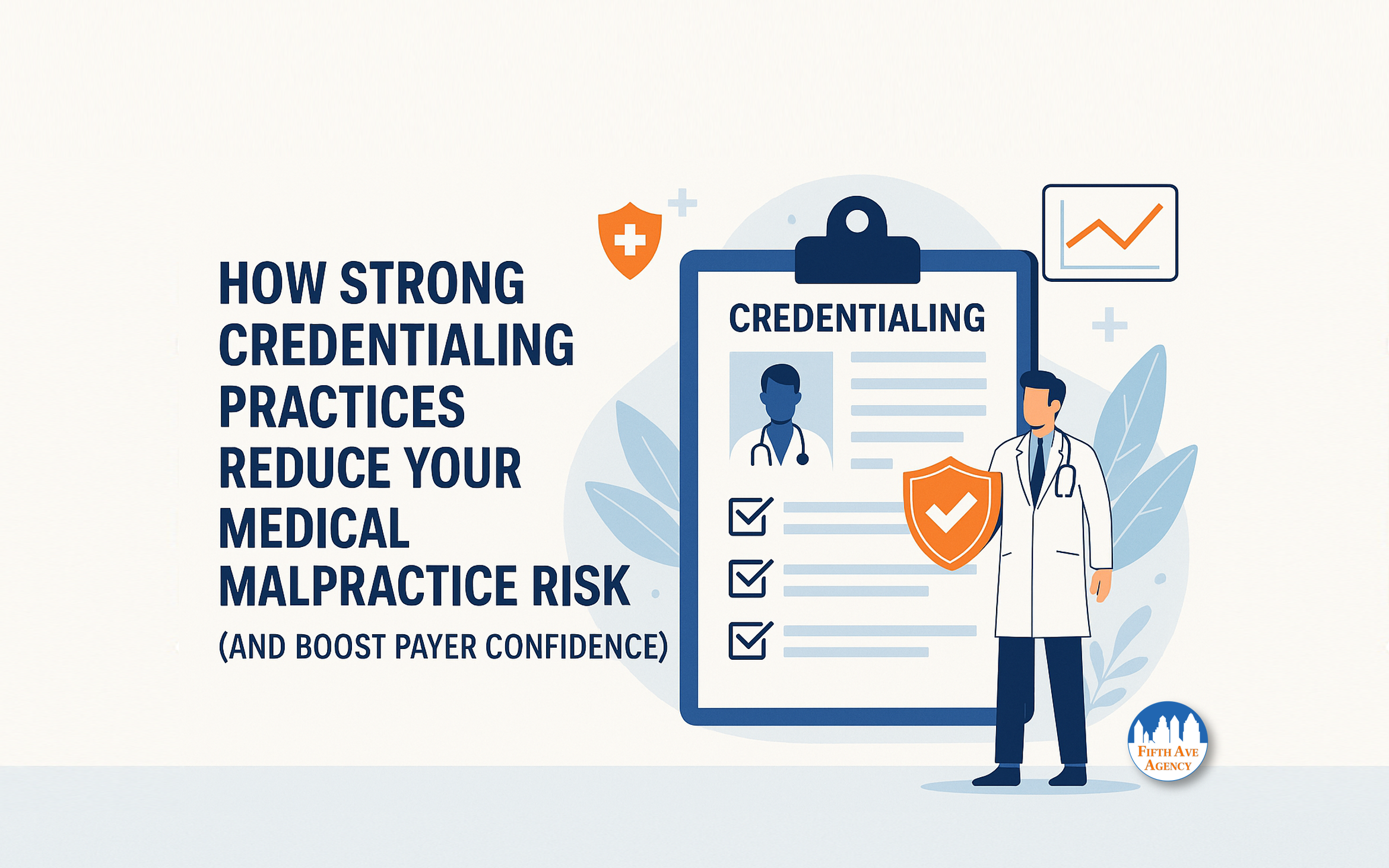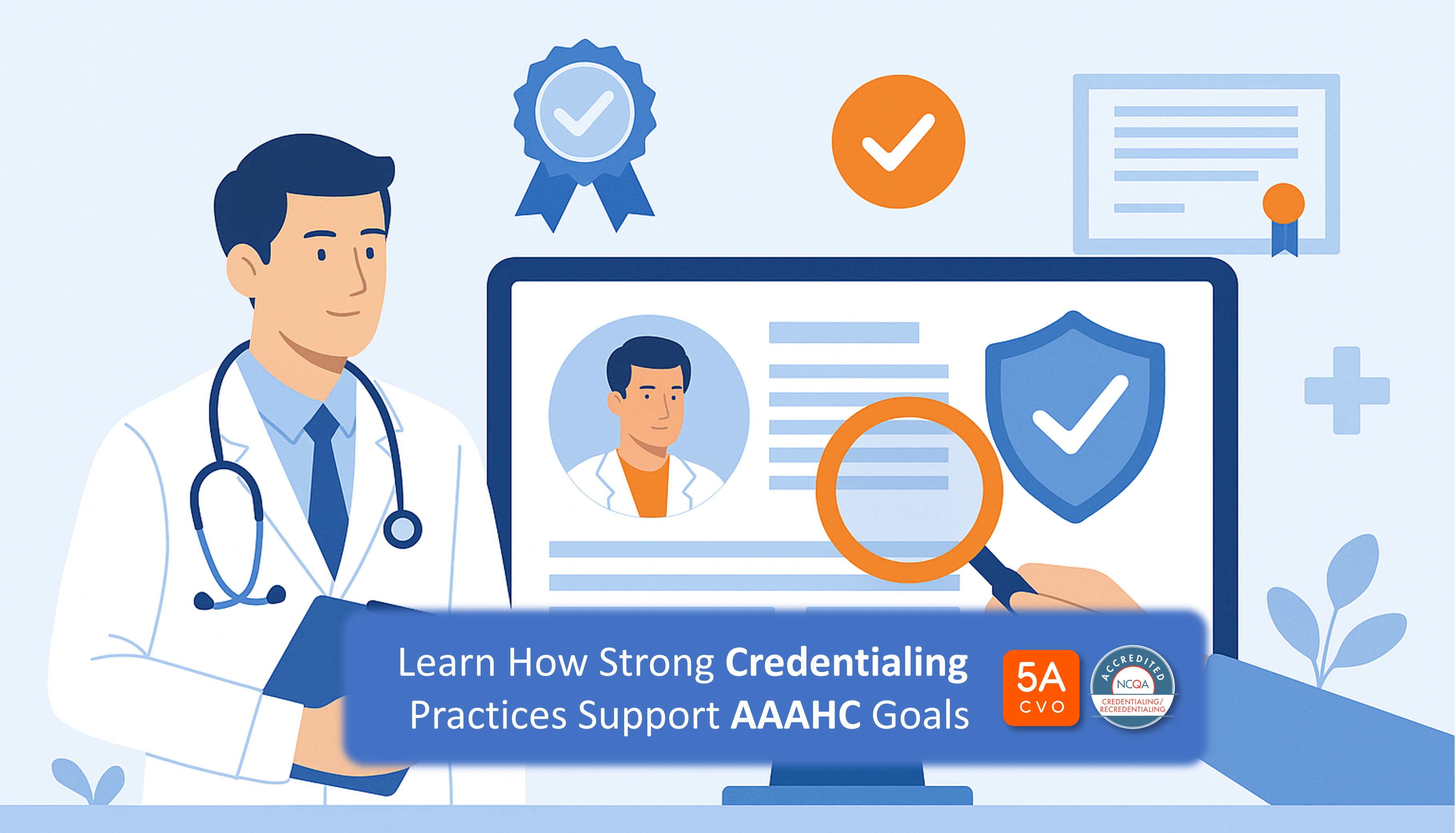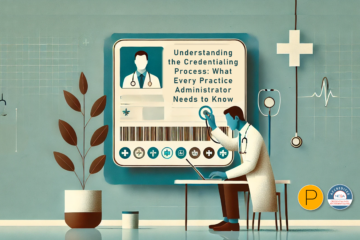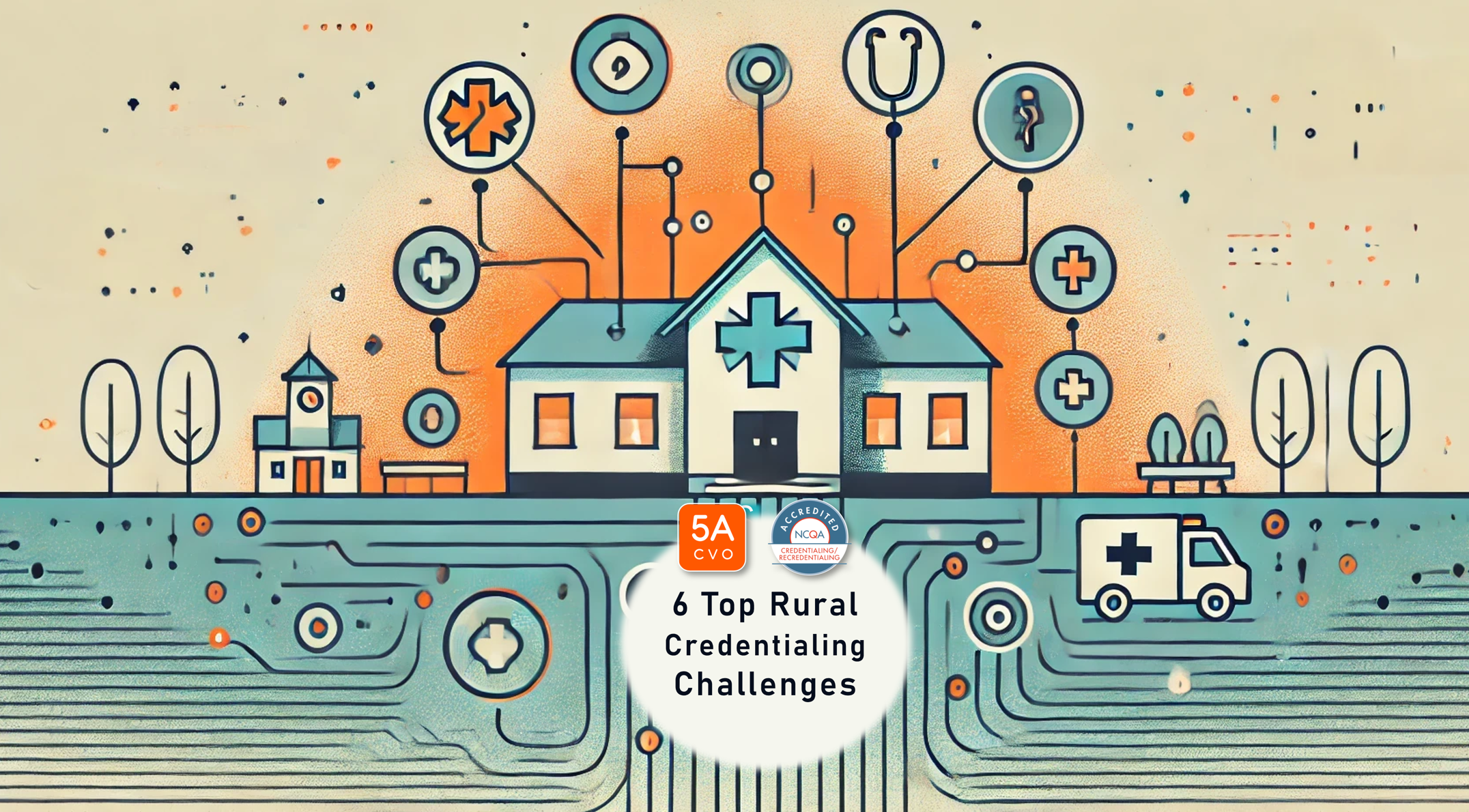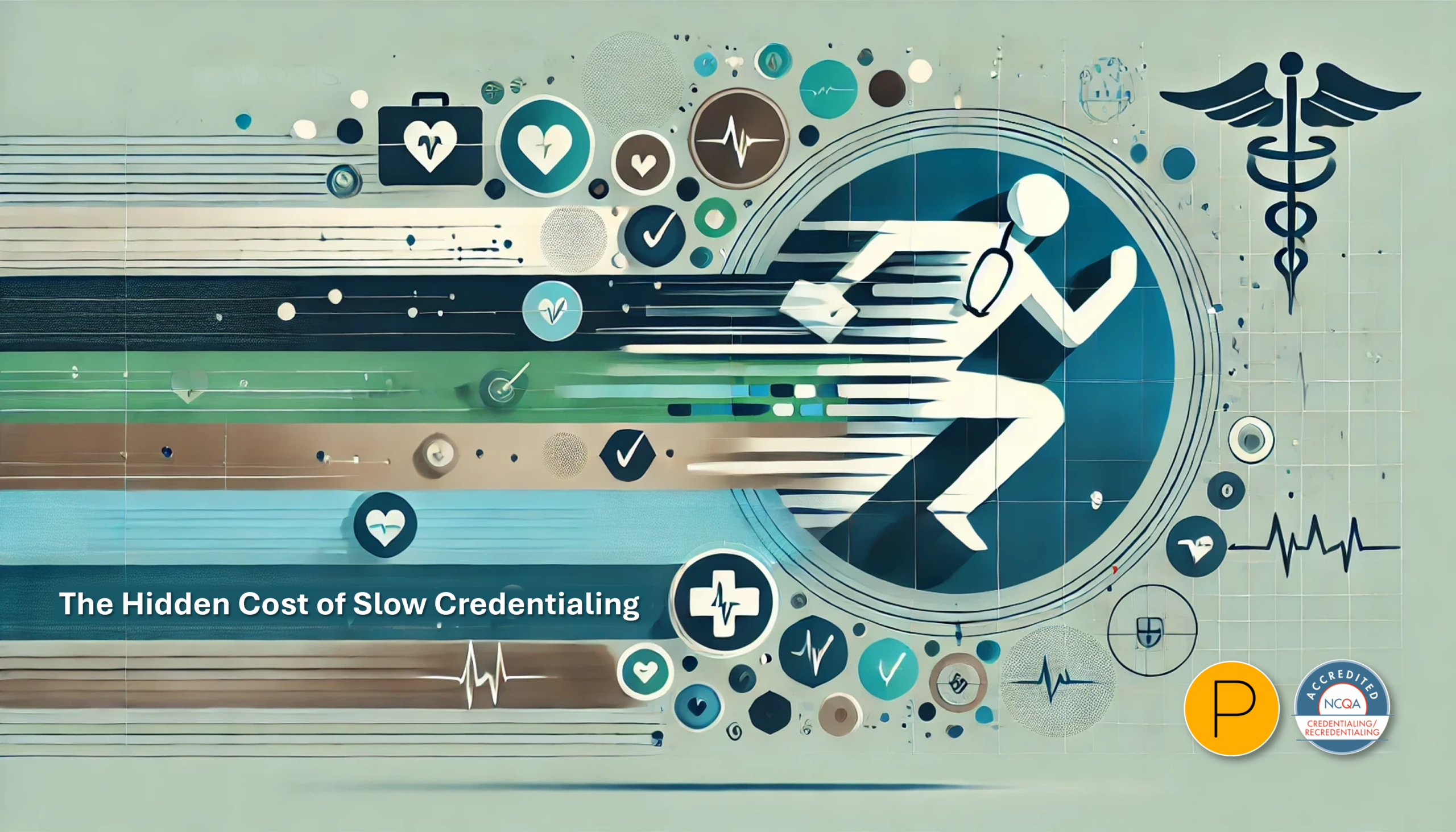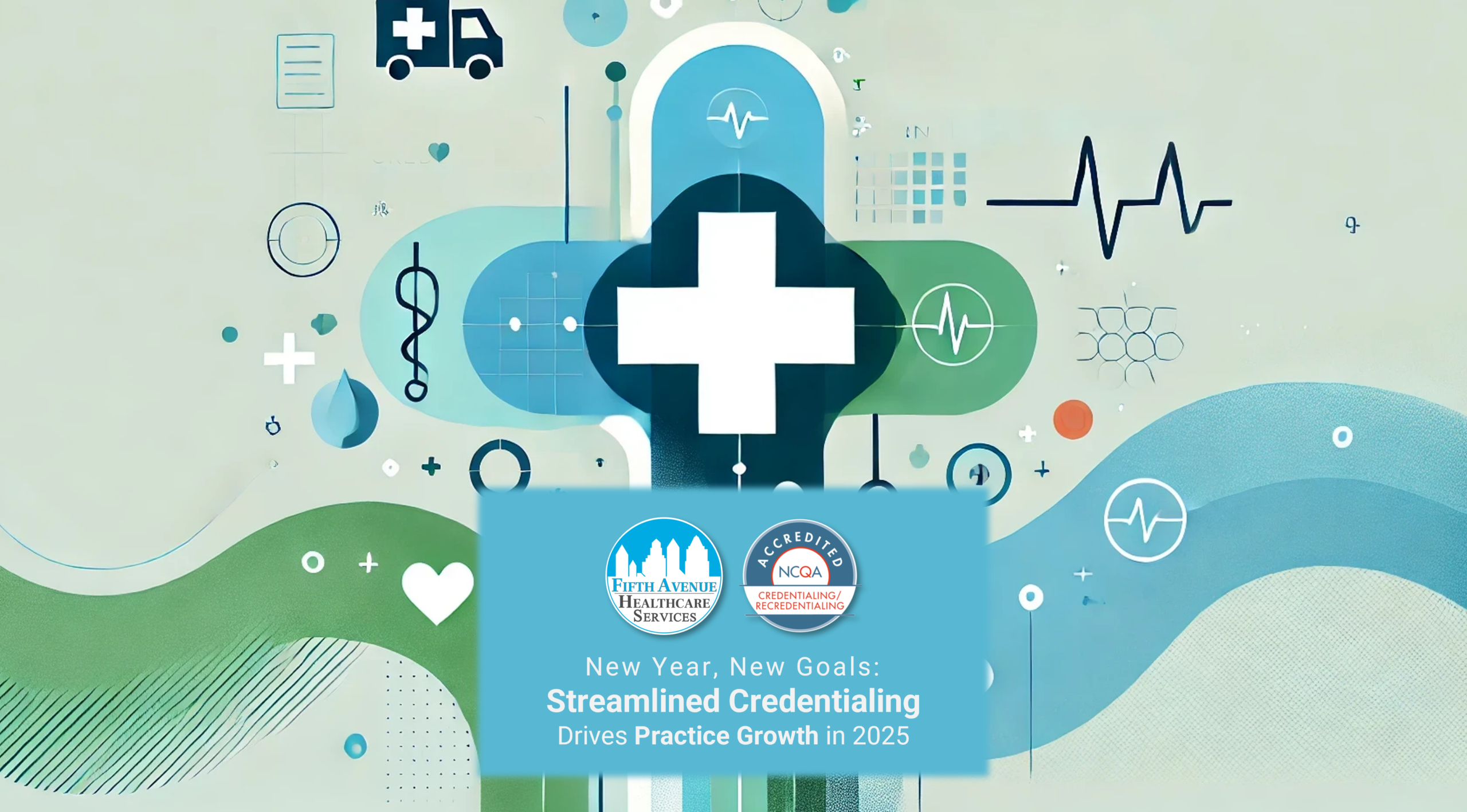Overview of Medical Malpractice Verdict Trends
Medical malpractice verdicts have surged to unprecedented levels in recent years, inflicting significant financial and professional blows on healthcare providers across the United States. From staggering jury awards to reputational damage, these excessive verdicts can shake even the most established practices and healthcare systems. Several factors contribute to this upward trend in ‘nuclear verdicts,’ as they are often termed, and understanding them is crucial for providers who wish to mitigate risks.
This article will delve into the underlying causes of excessive medical malpractice verdicts, their profound effects on providers, and, most importantly, the proactive measures that healthcare professionals and organizations can take to safeguard themselves. Through insights from recent studies, including an analysis from Mondaq on excessive medical malpractice verdicts, we will explore strategies for reducing liability and protecting against potential financial fallout.
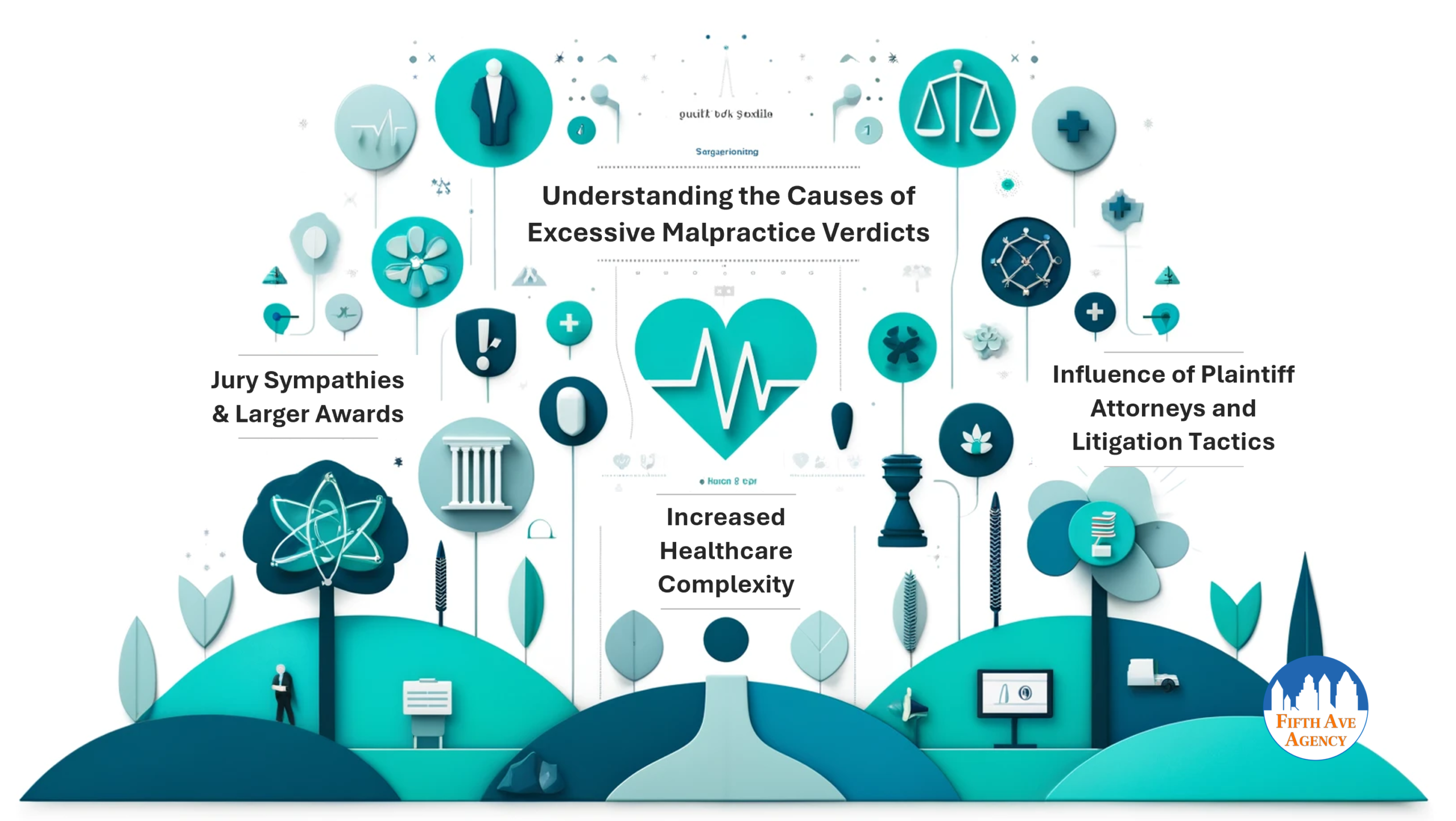
Understanding the Causes of Excessive Malpractice Verdicts
To develop effective risk management strategies, it’s crucial first to understand the drivers behind these high-dollar verdicts. Several key factors have fueled the rise in malpractice awards in recent years, many of which are intertwined with changes in patient expectations, litigation strategies, and the complexity of healthcare itself. This understanding will empower providers to navigate these challenges with confidence.
-
- Jury Sympathies and Larger Awards
Juries tend to empathize with plaintiffs in cases where a patient has suffered significant harm, especially in life-altering injuries. This compassion often translates into large awards, especially if the jury perceives the provider or healthcare system as negligent. The “human factor” in jury decisions and the tendency to view large corporations and insurance companies as capable of bearing financial losses often leads to higher awards.
- Jury Sympathies and Larger Awards
-
- Increased Healthcare Complexity
The healthcare landscape has evolved, introducing more complex treatment protocols, innovative technology, and expanded specialty care. While these advancements improve patient outcomes, they also create new avenues for potential error. Miscommunication, misdiagnosis, and surgical errors can occur more readily in a highly specialized and segmented medical field, leading to severe malpractice claims and larger settlements.
- Increased Healthcare Complexity
-
- The “Nuclear Verdict” Phenomenon
A ‘nuclear verdict’ refers to an exceptionally high jury award far exceeding what might be expected in a similar case. These verdicts are becoming more common as attorneys leverage emotional appeals to justify large compensation claims for pain, suffering, and punitive damages. According to the American Tort Reform Association, these nuclear verdicts have made malpractice claims increasingly challenging for providers to anticipate and defend against. Understanding this phenomenon is crucial as it can significantly impact a healthcare provider’s financial stability and reputation.
- The “Nuclear Verdict” Phenomenon
-
- Influence of Plaintiff Attorneys and Litigation Tactics
Plaintiff attorneys often aim for maximum impact by targeting healthcare providers and leveraging dramatic narratives to increase compensation demands. In addition, attorneys have become more skilled at tapping into public sentiment, further increasing the likelihood of securing significant awards. This strategy places added pressure on providers, who may face steep costs if a verdict doesn’t favor them.
- Influence of Plaintiff Attorneys and Litigation Tactics
Impact on Healthcare Providers and Systems
Excessive malpractice verdicts impose various financial and professional consequences on healthcare providers. Rising premiums, for instance, can place undue strain on healthcare budgets and jeopardize smaller practices’ viability. These high-dollar claims also deter young professionals from entering high-risk specialties, compounding a shortage in critical healthcare roles. The increased insurance costs that result from large verdicts often cascade through the healthcare system, impacting everyone from individual providers to large hospital networks.
Beyond finances, nuclear verdicts also have significant psychological effects. Constantly facing the risk of an overwhelming financial blow can lead to “defensive medicine,” where providers conduct extra tests or avoid high-risk patients altogether to reduce the chance of litigation. This phenomenon not only raises the cost of healthcare but can also limit patient access to certain types of care, adding strain to the overall healthcare infrastructure.

Strategies for Healthcare Providers to Protect Themselves
Healthcare providers can adopt several strategies to safeguard against excessive verdicts. Providers can mitigate potential liability by implementing proactive risk management measures, securing appropriate malpractice insurance, and maintaining high standards of care.
1. Implementing Comprehensive Risk Management Programs
A robust risk management program is an essential first line of defense. Healthcare organizations can conduct regular audits, educate staff on compliance protocols, and implement standardized procedures for patient safety. For example, effective risk management programs involve regular training on safety practices, documentation protocols, and incident reporting, which can demonstrate due diligence in the event of a lawsuit. Additionally, using predictive analytics in risk management helps identify potential problem areas early, allowing organizations to take corrective measures before issues arise.
2. Securing Robust Malpractice Insurance Coverage
Comprehensive malpractice insurance is critical for healthcare providers. By securing policies with adequate coverage limits, providers can protect themselves from the financial fallout of a significant verdict. Policies should be reviewed annually to ensure they meet current industry standards and adequately address new risks. Understanding policy terms, including coverage limits and exclusions, is also crucial; this ensures that providers are not blindsided by unexpected gaps in coverage during litigation.
3. Adhering to Evidence-Based Practices
Following evidence-based medical practices not only supports patient safety but also serves as a powerful defense in litigation. Courts often look favorably upon providers who adhere to established standards, making it more challenging for plaintiffs to argue negligence. For instance, a comprehensive guide on best practices and continuous education can help healthcare professionals stay updated on evolving standards in patient care.
4. Documenting Patient Interactions Thoroughly
Proper documentation of patient interactions, diagnoses, treatments, and follow-up care can significantly affect a malpractice case. Clear, consistent records provide essential proof that a provider acted appropriately and followed standard procedures. By maintaining digital health records and recording patient communications, providers create a defensible position, illustrating that they exercise reasonable care and inform patients at every stage.
5. Improving Communication and De-escalation Training
Open communication and de-escalation techniques can reduce the likelihood of patient dissatisfaction, which often precedes a lawsuit. Programs that train staff in effective communication can defuse tense situations and help prevent misunderstandings that may lead to claims. These techniques foster trust, making patients more inclined to view their providers as supportive rather than adversarial figures in their care journey.
6. Leveraging Technology and AI for Improved Care
Emerging technologies like artificial intelligence (AI) and electronic health records (EHRs) enhance diagnostic accuracy and support real-time documentation, reducing error rates and facilitating transparency. AI-driven diagnostic tools, for example, assist in the early detection of diseases, allowing providers to treat conditions proactively and avoid possible complications. Technology thus enhances patient safety and offers additional documentation that can be instrumental in defending against litigation.
7. Legal and Financial Safeguards
Collaborating with legal and financial professionals can provide healthcare providers a broader safety net against potential litigation. Regular consultations with malpractice defense attorneys help identify potential liabilities early and advise on best practices for documentation and patient communication. According to a recent report from the National Law Review, proactive legal reviews can reduce risks by ensuring that providers are fully informed of the latest regulatory standards and best practices for risk reduction.
Financial planning is also crucial for providers to protect their assets against potential claims. Establishing a legal entity such as a limited liability company (LLC) or trust to manage business assets can offer a layer of protection, separating personal finances from business liabilities.
An article from Healthcare Business Today on asset protection underscores the importance of financial planning in risk management, noting that “effective financial structuring ensures that providers can continue operations without risking personal assets in the event of litigation.” This approach allows providers to focus on delivering quality care, knowing they are shielded from excessive liability exposure.
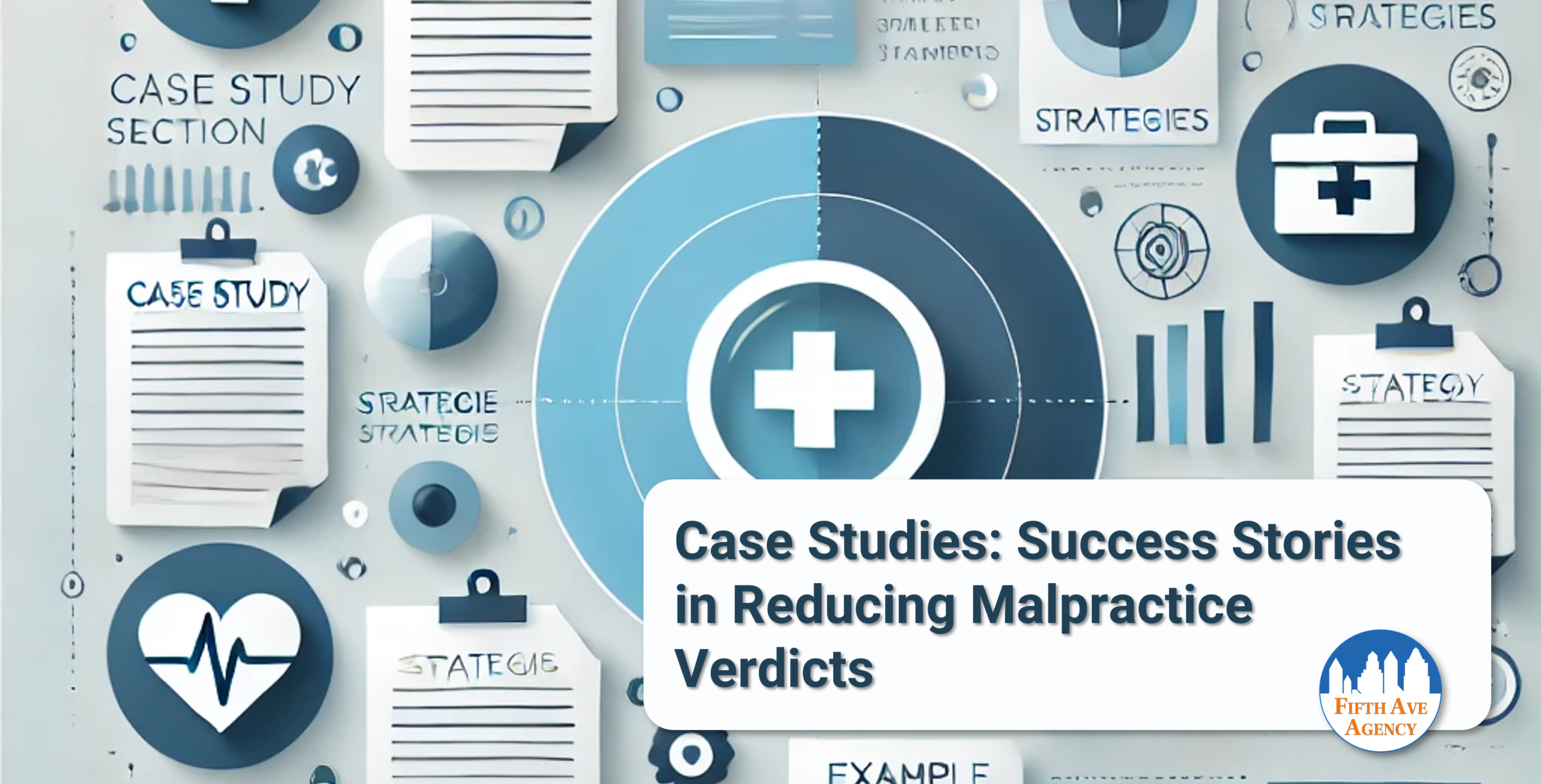
Case Studies: Success Stories in Reducing Malpractice Verdicts
To illustrate the effectiveness of these protective strategies, let’s explore a few examples of healthcare providers who successfully minimized liability exposure through proactive risk management.
-
- Reducing Errors through Team-Based Risk Management
A notable example comes from Virginia Mason Medical Center in Seattle, Washington. They implemented a team-based approach to patient safety, known as the Virginia Mason Production System, which borrows principles from lean manufacturing to streamline processes and reduce errors. This comprehensive approach includes cross-departmental collaboration, standardized protocols, and continuous quality improvement. As a result, Virginia Mason has seen significant reductions in adverse events and improved patient outcomes. Their success in reducing errors has even been cited by the Agency for Healthcare Research and Quality (AHRQ) as a model for other healthcare systems to follow.
- Reducing Errors through Team-Based Risk Management
-
- Leveraging Technology for Accurate Documentation
Mayo Clinic, based in Rochester, Minnesota, has been a pioneer in incorporating AI-driven diagnostic tools and electronic health records to improve documentation accuracy and enhance patient care. Through a partnership with Google, Mayo Clinic has integrated advanced technology to support data-driven decisions, which has helped reduce documentation errors and streamline patient records. Their success has been a model for other providers aiming to leverage technology for care quality and defensibility in litigation.
- Leveraging Technology for Accurate Documentation
-
- Open Communication Policies at a Rural Medical Center
Dartmouth-Hitchcock Medical Center in New Hampshire has adopted a patient-centered communication strategy through the OpenNotes initiative, allowing patients to access their medical notes freely. This approach has significantly improved transparency and trust, leading to higher patient satisfaction and fewer complaints. The focus on open communication has helped the center reduce litigation risks, as patients feel more informed and involved in their care.
- Open Communication Policies at a Rural Medical Center
Final Thoughts on Protecting Against Rising Medical Malpractice Verdicts
In today’s climate, excessive medical malpractice verdicts pose a considerable threat to healthcare providers, but they can mitigate these risks by taking proactive steps. Implementing rigorous risk management, maintaining robust insurance coverage, and adhering to evidence-based practices are all effective strategies to protect against excessive verdicts. Furthermore, technological advancements and a commitment to transparent patient communication enhance the quality of care and a provider’s defensible position in litigation.
By employing these best practices, healthcare providers can shield themselves from excessive malpractice claims and foster a safer, more patient-centered approach to care. Providers are encouraged to consult with legal and financial experts to strengthen their risk management strategies and safeguard their professional futures.
For more insights on protecting your practice against excessive malpractice verdicts, read the complete analysis from Mondaq here.
To ensure your practice is fully protected against excessive malpractice verdicts, explore comprehensive coverage options with Fifth Avenue Agency. Visit FifthAvenueAgency.com to learn more about our tailored malpractice insurance solutions, or reach out directly through our Contact Us page for personalized assistance.
More information about Fifth Avenue Agency
Fifth Avenue Agency specializes in MPLI and medical malpractice insurance, serving thousands of providers nationwide. It is part of the Fifth Avenue Healthcare Services family. Sister companies include 5ACVO (credentialing and primary source verification specialists) and Primoris Credentialing Network (credentialing and provider enrollment specialists with 54+ health plan and network provider enrollment options).
Fifth Avenue Agency initially published this article here. For information on Fifth Avenue Agency, please visit FifthAvenueAgency.com or Contact Us.




